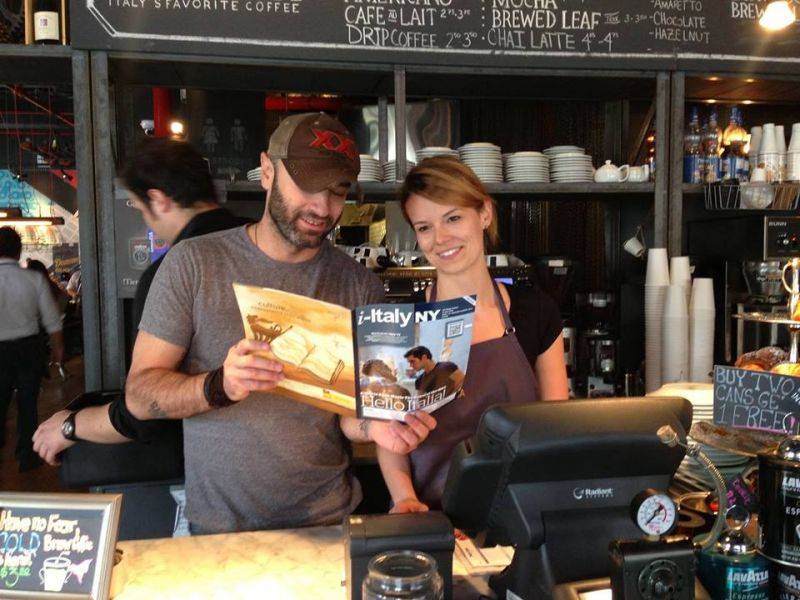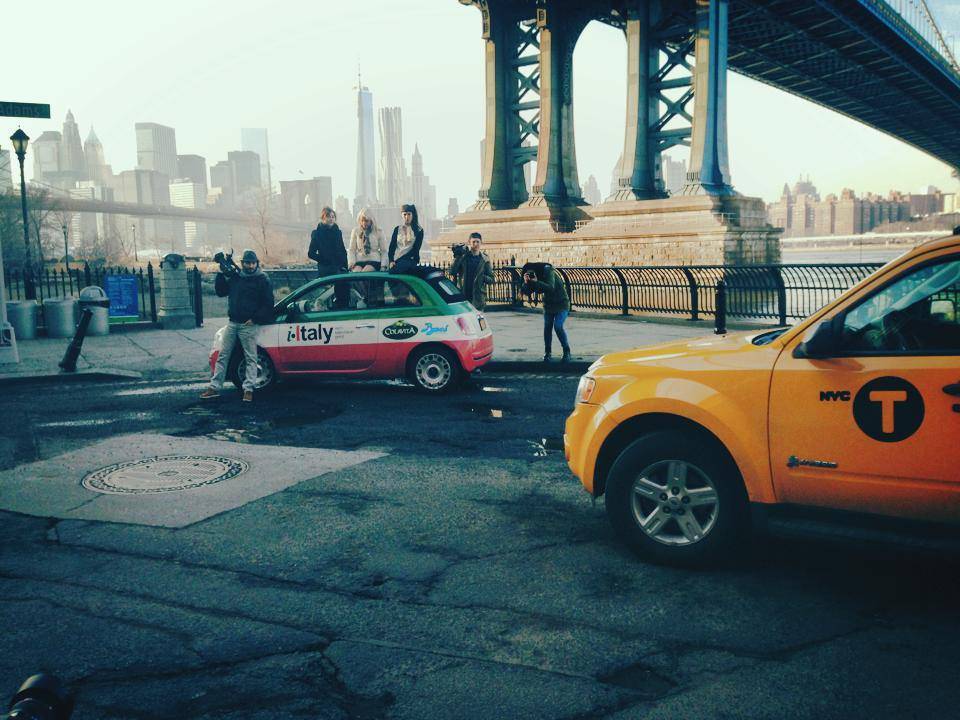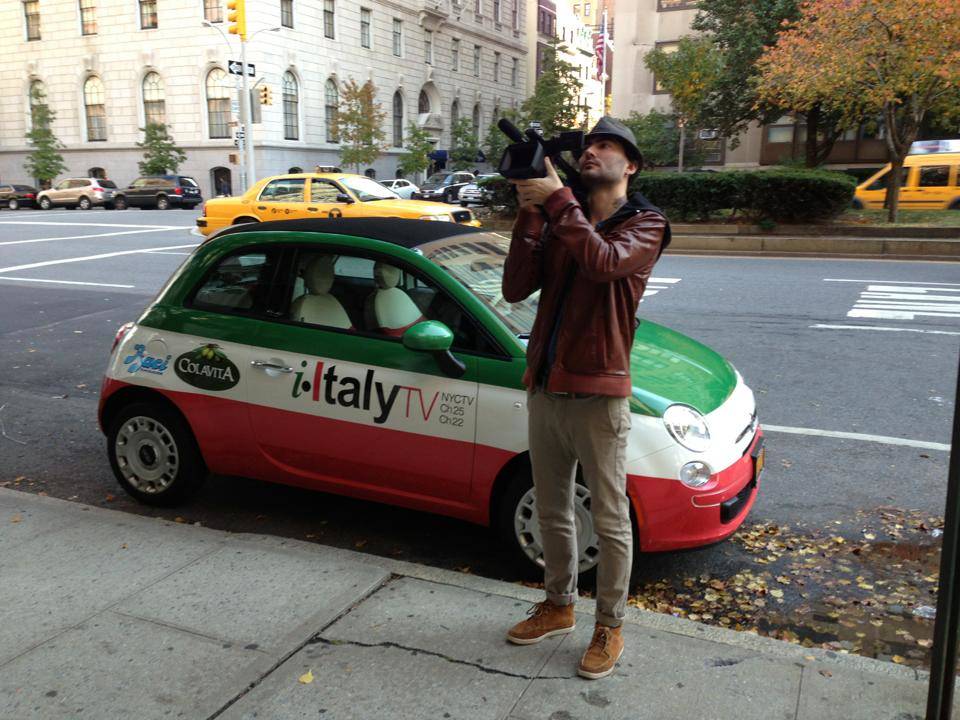Back to the Future?
A little over a year ago, i-Italy.org— the biggest English-language news and entertainment site for “all things Italian in the USA”— decided to take a chance. From our website, two twin enterprises were born: one in print (hint: you’re holding it right now) and the other on television (Channel 25, Saturdays at 11 p.m. and Sundays at 1 p.m.). It was a bold move in hard times. To some, going from a new media outlet to an old even seemed a step backwards—just when everyone else was heading in the other direction! But after this past year, we can say we made the right choice.
TheOld‘Old’and‘New’Debate
People have got to stop talking about new media and old media. It has been twenty years since the Internet burst on the scene.
The novelty, however revolutionary it once was, ain’t so novel anymore.
Moving on implies, among other things, rediscovering the allure of media outlets we have turned our backs on. Why can’t a combination of forms be viable? Such as downloading our app on an iPhone and scanning the QR codes in our print magazine for more news and on-the- go videos.
Or hooking up an iPhone to your television with that little gem known as the Apple TV and enjoying our show in HD. Brand new? Passé? Quit fretting and climb aboard.
A ‘Global’ and ‘Local’ Hybrid
We’re not ashamed of print media. Nor do we bowtothealtarofTV.Maybewedon’tmind traveling “worn paths” because we started out on the web. We like being among the people, first of all online: we just broke the ceiling of 50,000 “likes” on Facebook! But what’s wrong with ‘traditional’ TV? True, video on demand has revolutionized television by allowing users to personalize network schedules. Yet turning on the TV and being transported to a place not of our own choosing still has undeniable appeal. And if you miss an episode or want to re-watch a particular segment, you can always find us on YouTube (www.youtube.com/iitaly). The same with print media: it’s important for it helps us make our mark on a local level. Sure, you can find almost everything in the magazine online. But people like finding print journals in their neighborhood. A sense of the local is important: important to talk about and importanttofeel.Theconceptcanbesummed up in the slogan “think global, act local,” a slogan that clearly holds true for a metropolis like New York.
The circular, constant flow of information
Experts and amateurs know that in today’s world the information doesn’t come from the top-down the way it did under traditional media tycoons (who knows that better
than Italians in the era of Berlusconi?). Nor does it come from the bottom-up, despite the protestations of digital-age neophytes (really latecomers). The fact is, information no longer flows in one direction only; it’s circular, diagonal, tortuous. Above all it’s
a constant, nearly uninterrupted flow that leads to a lot of confusion. Claiming there’s no distinction between the informer and the informed is an exaggeration. But it is true that the relationship between the two is no longer paternalistic. It must be symbiotic. And symbiosis calls for a new “social contract.”
Free Press and Freedom of the Press
At the heart of this new social contract lies the most important revolution wrought by the Internet: the habit of freely accessing information. We don’t mean (only) “freedom of the press.” We mean “free press.” It may destroy the old business model, yet accessing the news for free is a healthy habit. In any case, it’s an irreversible trend that pushes
us to identify new sustainable models for publishing and media enterprises. i-Italy has chosen to be free: online, in print, and on TV (it’s no coincidence that we operate on a public channel). Constantly campaigning for sponsors—and staying free— is tough, but it’s fundamental.
Buon Compleanno!
For our birthday, two of our most important sponsors, Colavita and Baci Perugina, gave i-Italy a FIAT 500, the best car for getting around the city—slick, sporty, easy on the eyes. But, with all due respect to FIAT, what makes our little 500 so great is its look. And we are honored that the greatest Italian designer of our times, our good friend Massimo Vignelli, designed this car exclusively for us (for free, naturally!). The fternoons spent in his charming Upper East Side home, watching the vehicle grow out of his imagination, were unforgettable. After finishing the final draft, Massimo turned to us and said, “No one ever designed a 500 like this before!” He’s right: it’s unparalleled. So, i-Italy will keep motoring along this year. Behind the wheel, on foot, by train. Hop in.




































i-Italy
Facebook
Google+
This work may not be reproduced, in whole or in part, without prior written permission.
Questo lavoro non può essere riprodotto, in tutto o in parte, senza permesso scritto.